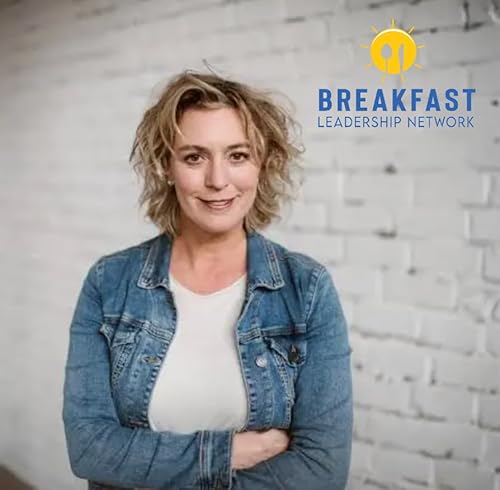Episode Overview In this episode, Michael talks with San Diego-based real estate investor Justin Brennan about one of the hottest topics in housing today, the rise of the 50-year mortgage, and what it means for homebuyers, investors, and the future of urban development. Their discussion explores the practical realities behind long-term mortgages, market resilience, and the shift toward apartment investments as a sustainable wealth strategy.
50-Year Mortgage Market Insights Michael and Justin open with a breakdown of the new 50-year mortgage trend. While these loans may sound like a solution for affordability, Justin explains that they’re mainly amortization tools designed to reduce monthly payments, not a pathway to home ownership. Since the average homeowner stays in their property for 5.5 to 7 years, very few people will ever pay off a home under such a long-term structure.
The takeaway: it’s more about short-term cash flow than long-term payoff.
Real Estate Lessons from Family and Experience Justin shares how his upbringing in San Diego shaped his perspective. Coming from a family deeply rooted in both real estate and military service, he learned valuable lessons about risk, leverage, and resilience from his grandmother and father. His father’s experience during the 2008 financial crisis inspired Justin to take a more measured, apartment-focused investment approach that prioritizes stability and steady income.
Housing Market Trends and Resilience Michael draws parallels between the cyclical nature of the auto and housing sectors, noting that true wealth often comes from those who rebuild after financial loss. Together, they examine current trends: single-family housing shortages in coastal markets, the growth of vertical construction in San Diego, and temporary oversupply in Sunbelt regions. Both agree that while red tape slows coastal development, new models for multifamily housing are creating fresh opportunities for investors.
The Baby Boomer Housing Shift Michael predicts a generational shift on the horizon as baby boomers eventually leave the housing market. With many holding onto single-family homes longer than ever, a massive turnover is expected in coming decades. This could lead to the redevelopment of neighborhoods into multifamily housing, reshaping the fabric of communities nationwide. Justin agrees, noting that this transition will open doors for new investors and developers focused on density and urban design.
Apartment Investing Insights and Strategies Justin goes deep into apartment investing, emphasizing its scalability and operational efficiency. He contrasts apartment ownership with single-family rentals, pointing out reduced maintenance costs, shared insurance, and easier management structures. His key message: mastering deal analysis and financing structures is essential to unlocking the best real estate opportunities.
Apartment Syndication Investment Overview For those with limited capital, Justin explains how apartment syndication can serve as an entry point. With as little as $30,000, investors can join syndicates that purchase 10 to 30-unit buildings in affordable markets like the Midwest. He compares syndicators to high-level problem solvers, likening their expertise to neurosurgeons or hedge fund managers. The value lies in their ability to identify, structure, and manage complex deals that generate long-term wealth and legacy potential.
Real Estate and AI Integration Michael and Justin discuss how artificial intelligence is reshaping real estate strategy. From analyzing property data to modernizing apartment amenities like Wi-Fi, digital shopping hubs, and smart community features, AI is becoming a tool for creating scalable and livable investments. They stress that success comes from curiosity, understanding market language, and embracing innovation.
Real Estate Entrepreneurship and Resilience Justin closes by sharing his entrepreneurial journey—marked by persistence, calculated risk, and the ability to take action even when under pressure. He encourages listeners to use downtime productively, whether that means starting a side hustle or investing in real estate education.
His final message: the ability to endure stress and uncertainty is what separates dreamers from successful entrepreneurs.
Find out more:
https://www.brennanpohle.com/
YouTube: https://www.youtube.com/@JustinBrennan
Learn more insights from Michael Levitt and thought leaders shaping the future of leadership, resilience, and success at BreakfastLeadership.com/blog.
 1 m
1 m 12 m
12 m 25 m
25 m 24 m
24 m 27 m
27 m 27 m
27 m 23 m
23 m 26 m
26 m
